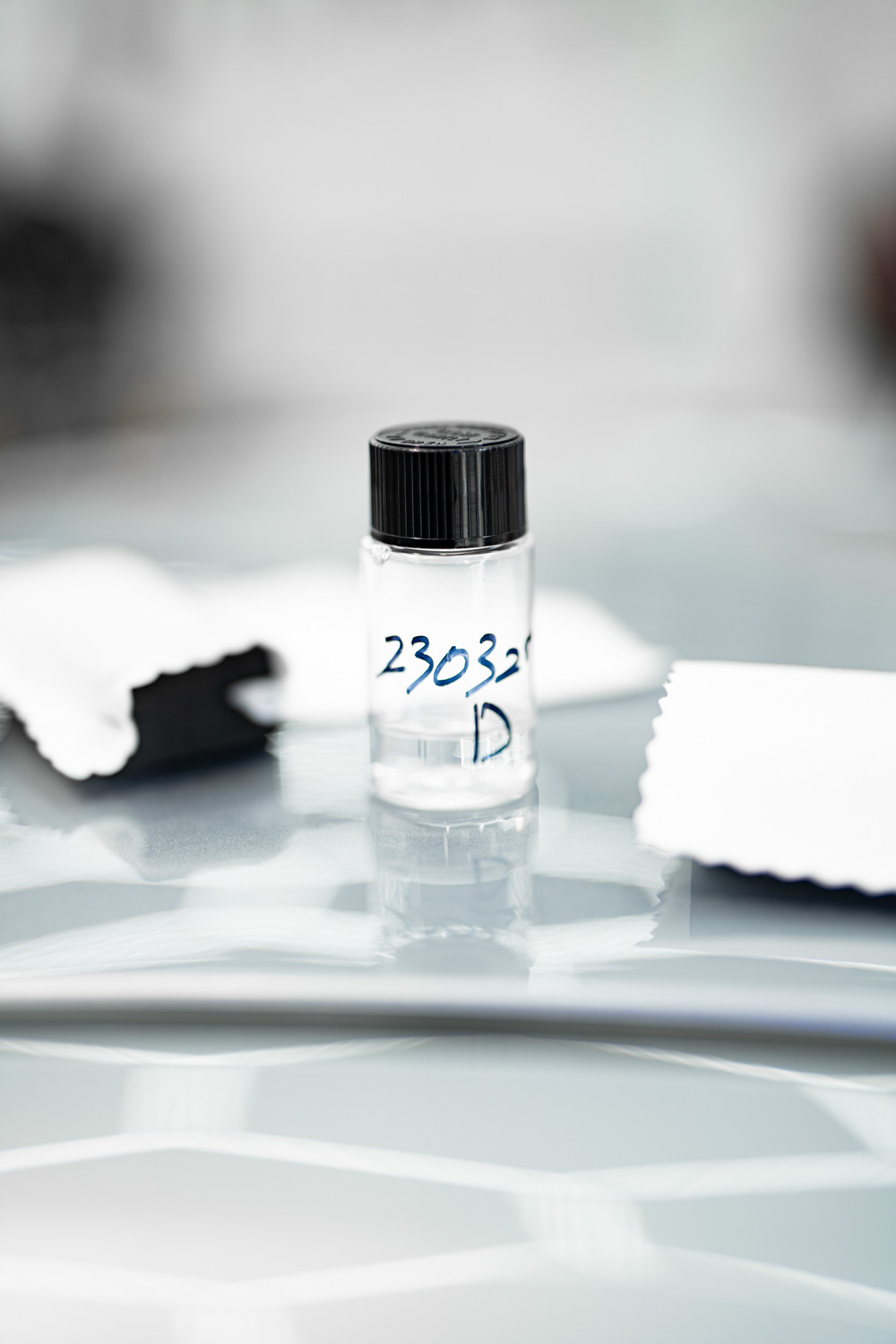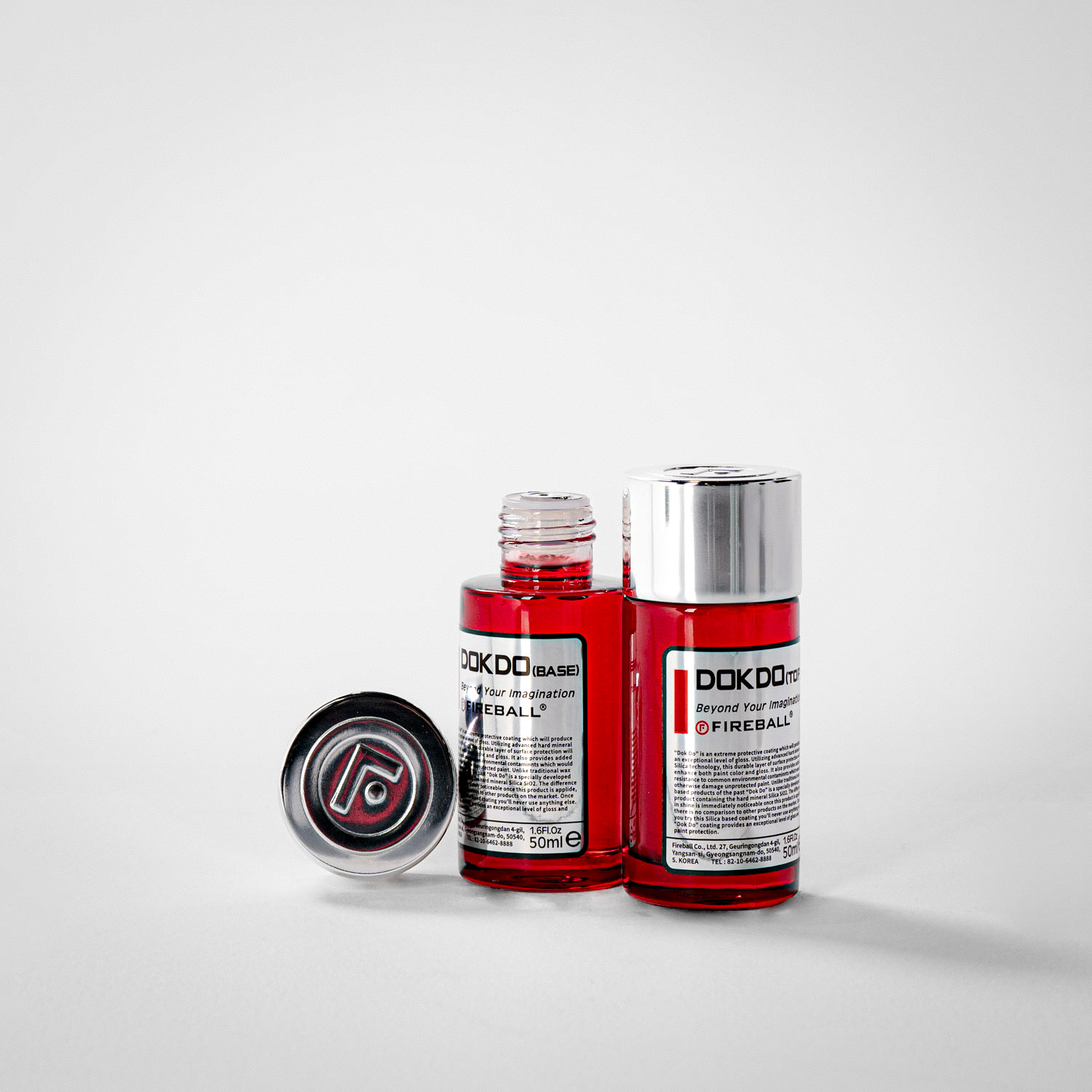-
Ceramic Coatings
-
Shop
-
About
Many Automotive Ceramic Coatings contain a titanium derivative called Titanium Dioxide, Titania, or TiO2. In modern industries, Titanium Dioxide is a pivotal substance with extensive applications, but why add it to Ceramic coatings? This blog post delves into the science behind TiO2, particularly highlighting its significance in SiO2-based ceramic coatings.

Tio2 is a natural derivative compound of titanium. Titanium Dioxide, commonly known as TiO2, is a naturally occurring oxide compound of titanium. It boasts a crystalline structure, exhibiting a highly stable and versatile chemical composition. TiO2 is widely found in minerals such as rutile, anatase, and brookite, each possessing distinct crystal structures.

TiO2 is abundant in nature, primarily derived from the mineral ilmenite. The extraction process involves separating TiO2 from iron and other impurities through various chemical and physical methods. Synthetic TiO2 can also be produced through industrial processes, resulting in a highly pure and consistent form of the compound.
Paints and Ceramic Coatings:
Photocatalysis:
Sunscreens:
Medical Applications:
Electronic Materials:


Titanium dioxide plays a crucial role in some high-end SiO2-based ceramic coatings, enhancing their existing aesthetic and protective properties and extending their lifespan. Here are some key features TiO2 provides:
These properties make TiO2-infused ceramic coatings ideal for a wide range of applications, including automotive, aerospace, marine, and industrial industries, where durability, protection, and performance are critical.
Titanium Dioxide is an indispensable compound with a wide range of industrial and commercial applications. Its unique properties, including high stability, opacity, photocatalytic activity, and bonding strength, make it an invaluable reinforcement material in ceramic coatings.
You can get the benefits of titania-infused ceramic coatings today at your local Fireball Installer. Get matched with a free quote from a professional, certified installer near you today.
